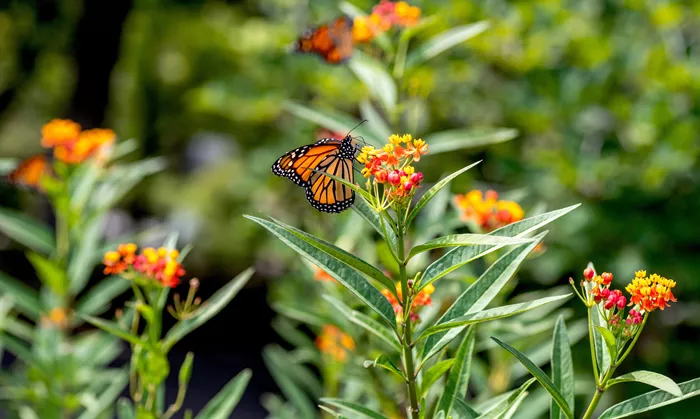Monarch butterflies, facing a steep population decline of about 22% over the past two decades, rely exclusively on milkweed plants to lay their eggs and feed their caterpillars, making milkweed essential for their survival.
This perennial herb, with its vibrant flowers ranging from white and cream to mauve and orange, is not only crucial for monarchs but also supports a variety of pollinators like honey bees and hummingbirds, while deterring deer and rabbits due to its toxic sap.
There are several types of milkweed beneficial to monarchs, including butterfly milkweed (Asclepias tuberosa) with bright orange blooms, swamp milkweed (Asclepias incarnata) suited for moist soils with pink flowers, and common milkweed (Asclepias syriaca) which spreads easily and has mauve flowers.
Gardeners are encouraged to plant native milkweed species appropriate to their region to help restore monarch habitat and support their lifecycle.
Milkweed is hardy and easy to grow, thriving in full sun with well-drained soil, except swamp milkweed which prefers wetter conditions. It can grow 2 to 6 feet tall and spread if seed pods are not managed, but can also be contained in pots or raised beds.
Planting milkweed patches in gardens, meadows, or containers can provide vital stepping stones for monarchs during their migration.
Given the monarch’s alarming decline due to habitat loss, pesticide use, and climate change, planting milkweed is a practical conservation step that gardeners can take to help sustain these iconic butterflies and promote biodiversity in their local ecosystems.


